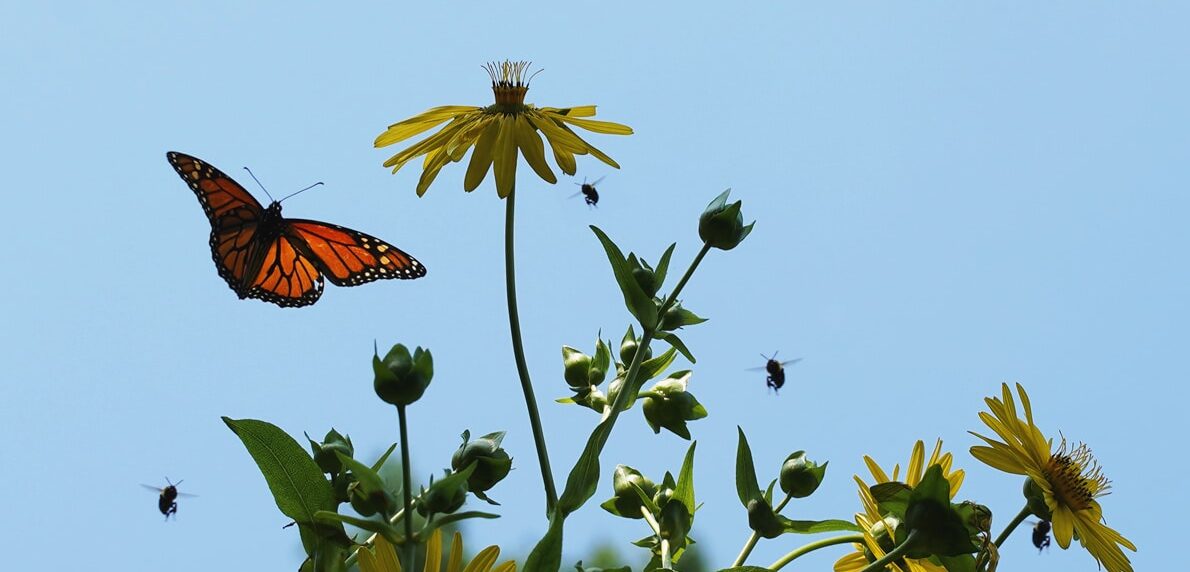City Budget Invests in Prospect Park
July 13, 2016
For the millions of Brooklyn residents who consider Prospect Park their backyard, exciting changes are on the horizon. The Prospect Park Alliance is delighted that, thanks to the support of Brooklyn’s elected officials, the recently approved city budget includes significant capital investments in the Park.
- Speaker Melissa Mark-Viverito and the Brooklyn delegation of the City Council have pledged $2.5 million to restore Lefferts Historic House.
- As part of the Alliance’s focus on improving the northeast corner of the Park, Mayor de Blasio has set aside $2 million for pathway improvements.
- Borough President Eric Adams and Council Member Mathieu Eugene dedicated $1,750,000 to restore the Ocean Avenue perimeter.
- Council Member Brad Lander contributed $750,000 for the ongoing restoration of the Long Meadow Ballfields.
- Council Member Laurie Cumbo funded $500,000 to restore the historic Carousel.
- Council Member Stephen Levin contributed $100,000 for a pilot program to improve the Park Drive’s running lane with a stretch of softer surface material that also improves drainage.
- Through the participatory budgeting process, Council Members Eugene and Lander teamed up to fund a new aquatic weed harvester, and joined Borough President Eric Adams to fund a new dog run at the Parade Ground. Lander also funded new freeze-resistant, year-round drinking fountains and Eugene funded new community barbecue sites.
This funding comes after the recent announcement that Prospect Park was awarded funding through NYC Parks’ Parks Without Borders initiative, which will improve and open new entrances to the Park along Flatbush Avenue. Prospect Park Alliance staff will begin to design and plan this wide variety of projects in 2016, and will be busier than ever improving many areas of the Park over the coming years.
“We are fortunate to have such wonderful support from our local elected officials,” said Alliance President Sue Donghue, “and we are thrilled that these funds will be used to make Prospect Park even greater.”
The Alliance’s work to keep the Park green and beautiful continues, even while these restoration projects are underway. This critical work would not be possible without the support of our members, donors and volunteers. To join us in our mission to sustain Prospect Park, learn more about ways to get involved.

